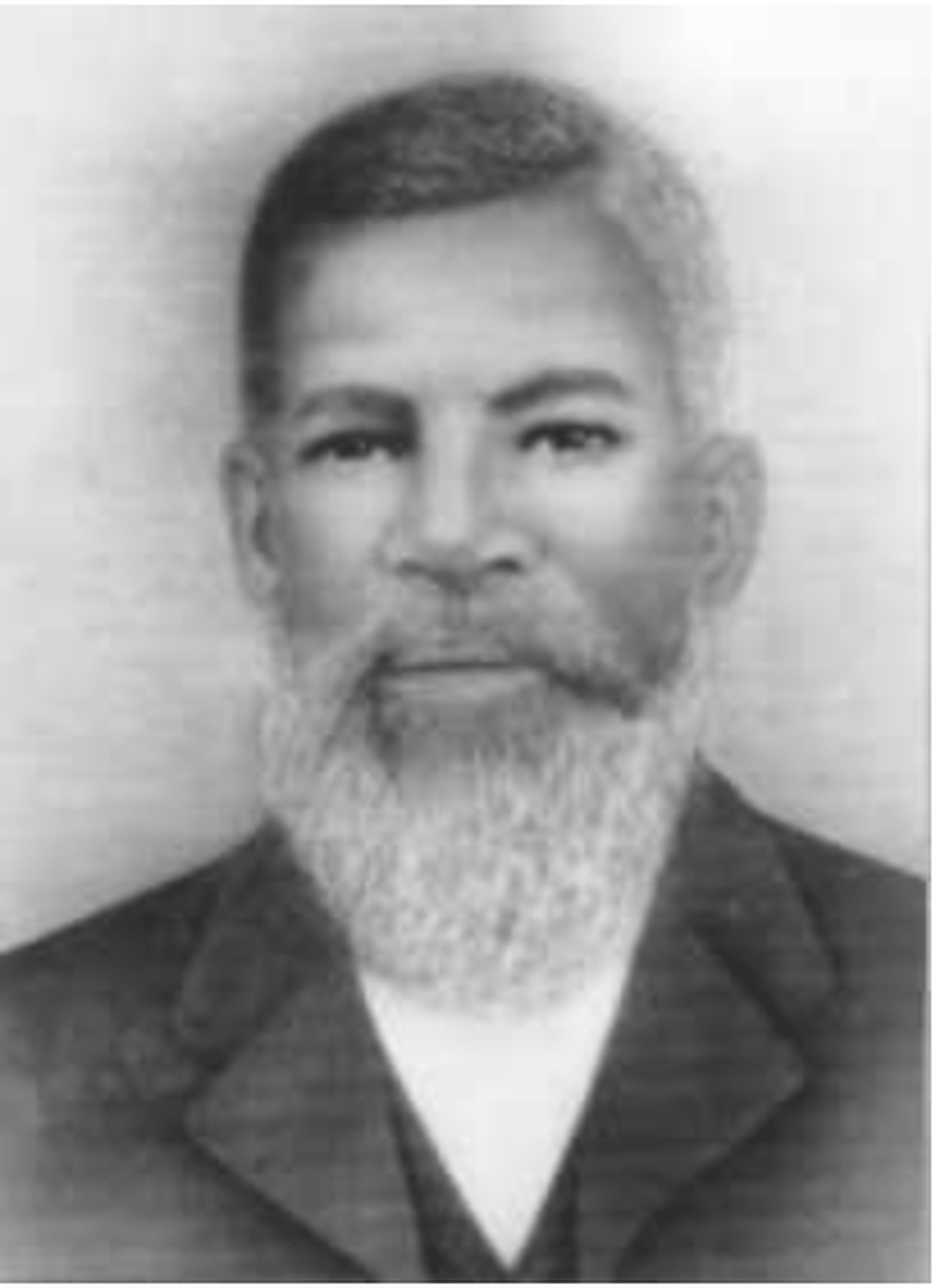“Until the Lion tells the story, the hunter will always be the hero.” -African Proverb
When I began searching for my paternal great-grandfather after my father died, I only had a name, Jules Bayonne, and a story my grandmother told us. My paternal grandmother was the storyteller in our family. Grandma Carrie worked as a domestic during the day and relaxed at night, smoking her pipe and talking about “the good old days.” She sat in a dark room, rocking back and forth, puffing on her pipe, and regaling us with tales of St. Francisville, Bayou Sara, and her birthplace, Wakefield, Louisiana.
One night, I asked about the origin of our surname. Grandma said that Jules was named Bayonne by a prominent French planter who lived in New Roads, Louisiana. She did not remember the planter’s name but thought it began with a “P” or a “T.” Our family thought Jules had been enslaved. Like many African American families, we did not talk about slavery, so it did not occur to me to speak to my father, Jules’ grandson, or my grandfather, Jules’ son. All the people who could have provided information about Jules died before I started researching my family. My mom outlasted them but knew little about her in-laws’ family history.
My father died in 1994, and Grandma’s story took on a new life. After his death, my siblings and I inherited land and minerals from property purchased by Jules in 1870. I wrote about this inheritance, which was published in the September 2024 issue of the Black Lens. Walter C. Parlange’s name was on the checks we received, and I remembered Grandma’s story about Jules’ enslaver’s name beginning with the letter “P” or “T.” Parlange was the “P” in Grandma’s story. My mom said there was a Parlange Plantation in New Roads, Louisiana. I believed Parlange and Jules were somehow connected, so I researched them simultaneously.
I actively pursued my family history in 1996, two years after my father’s death. I did everything a beginner researcher should do: talking to family members, remembering oral history, gathering vital records and family documents, and searching the census schedules. I found Jules Bayon (sic), 26 years old, on the 1870 federal census for Pointe Coupee, Louisiana, Ward 8, on line 20 enumerated with a child, Roland Nevil, 9 years old. Both were described as mulattos and worked as domestic servants. I examined the rest of the page and found Virginie Parlange, a 55-year-old white female enumerated on line 1, with a sugar plantation real estate worth $55,000. She was a widow of Charles Parlange, and their son, Charles, was enumerated with her. Jules worked on the Parlange Plantation! I found the Bayonne family on every census from 1870 to 1920, except the 1890 census.
I worked diligently to find the connection between the Parlanges and Jules Bayonne. I researched the Parlange family until Feb. 28, 2001, the day my mother cleaned my father’s room and made a discovery that changed my life and our lives.
My father had been dead for almost seven years when my mom decided it was time to clean his room. She cleaned, dusted and discarded a lot of papers. Then she noticed a bunch of documents between the dresser and the wall. Upon closer examination, she saw a Bill of Sale and a Deed of Real Estate for our inherited property in Pointe Coupee Parish, Louisiana. Jules and a friend, Francois Frances, purchased 70 arpents (two-thirds of an acre) for $1,000 in 1870! This was our property, fair and square! I thought Parlange had enslaved Jules, and the property was willed to him. At the time, I was having second thoughts.
Where did two enslaved people get $1,000? Were they free or enslaved? Stay tuned for Part 2 in the February issue of the Black Lens.
